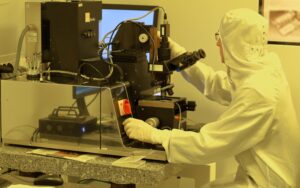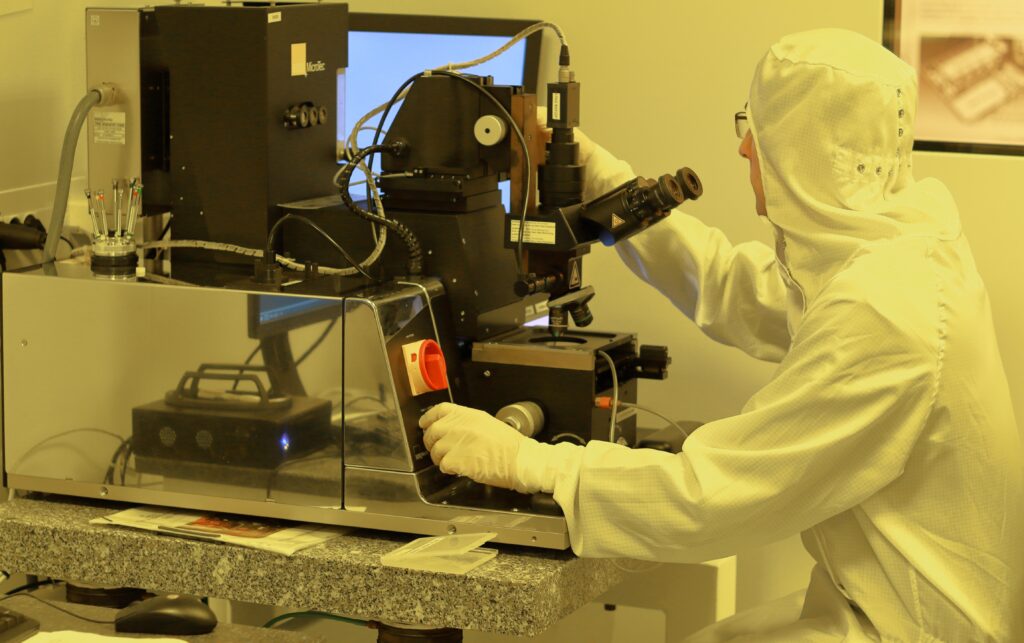
Researchers at Hong Kong University have constructed the world’s first 3D spherical artificial eye that mirrors photoreceptors with nanowire light sensors creating hope to patients with visual impairment.
The artificial eye imitates the structure of the human eye and may offer clearer vision in the future with additional functions. For example: the capability to distinguish infrared radiation and night vision. Nanowires have greater density than photoreceptors in the human retina, which means the artificial retina can obtain more data and possibly achieve a greater image resolution than the human retina.
In the future, these nanowire light sensors may possibly be directly linked to visually impaired patients’ nerves. The human eye use bundles of optic nerve fibres routed through the retina using a pore to reach the brain, which generates a blind spot in human vision. Light sensors, scattered across the retina feed signals through their own liquid-metal wire, eliminating the blind spot, as they don’t have to route through a single location.


